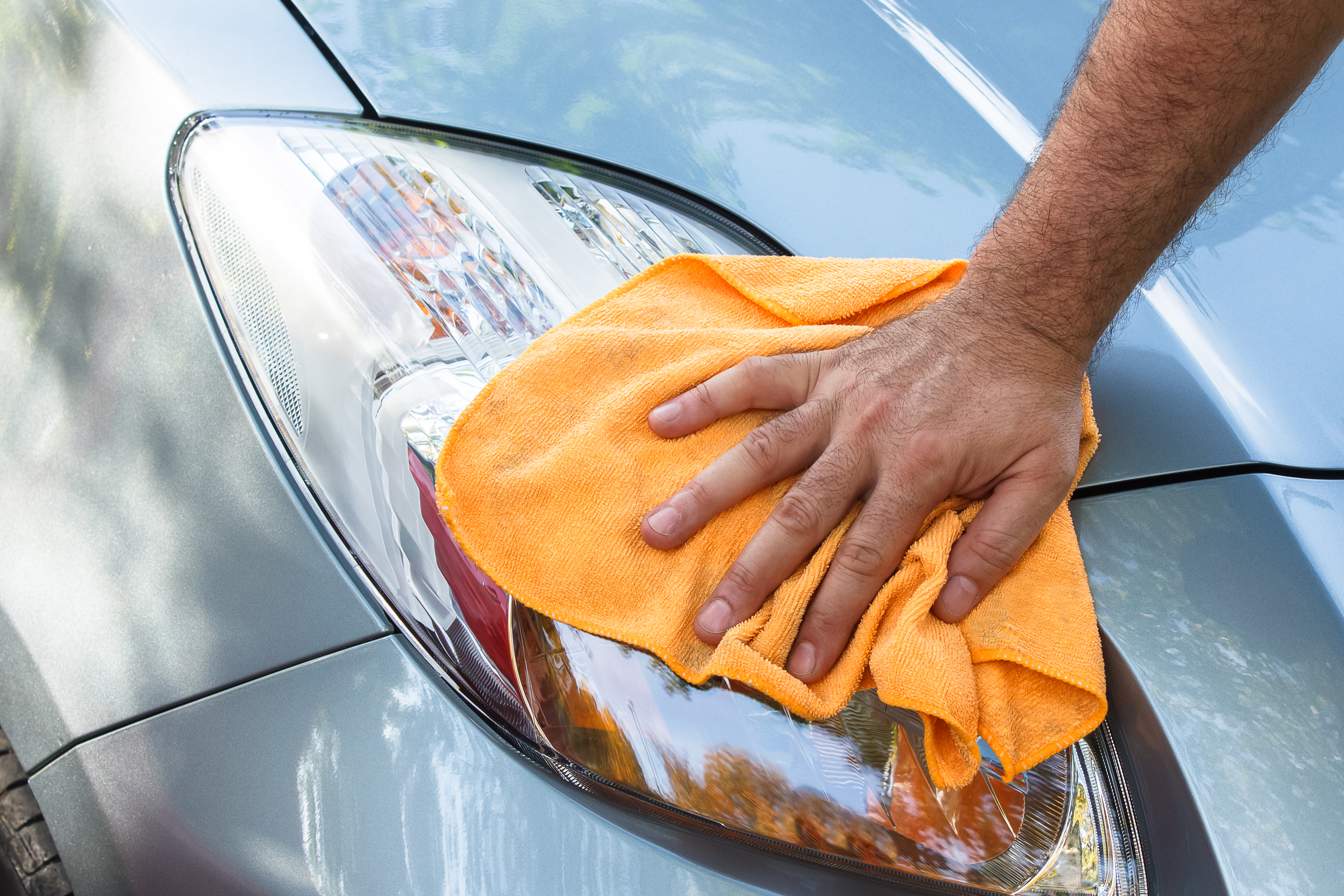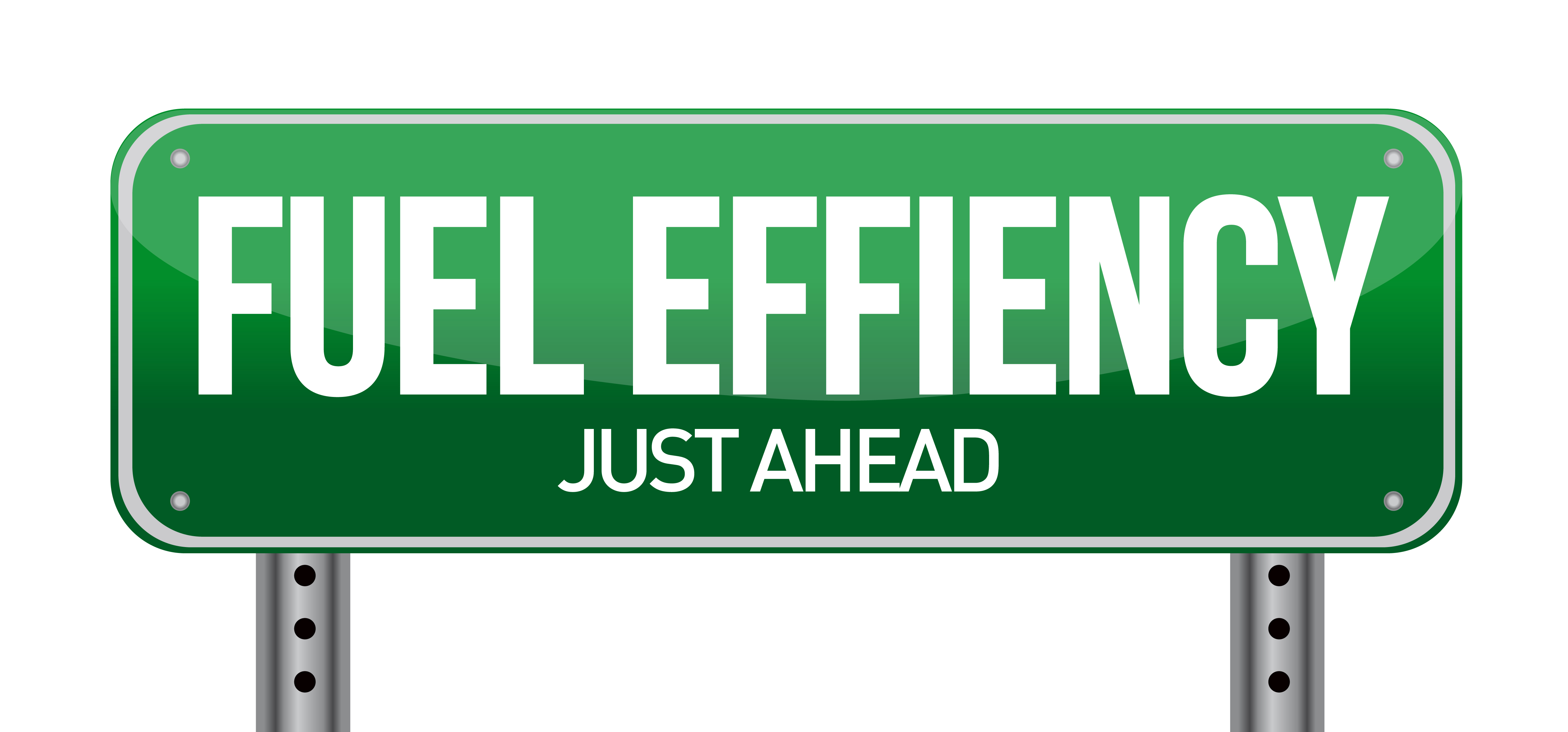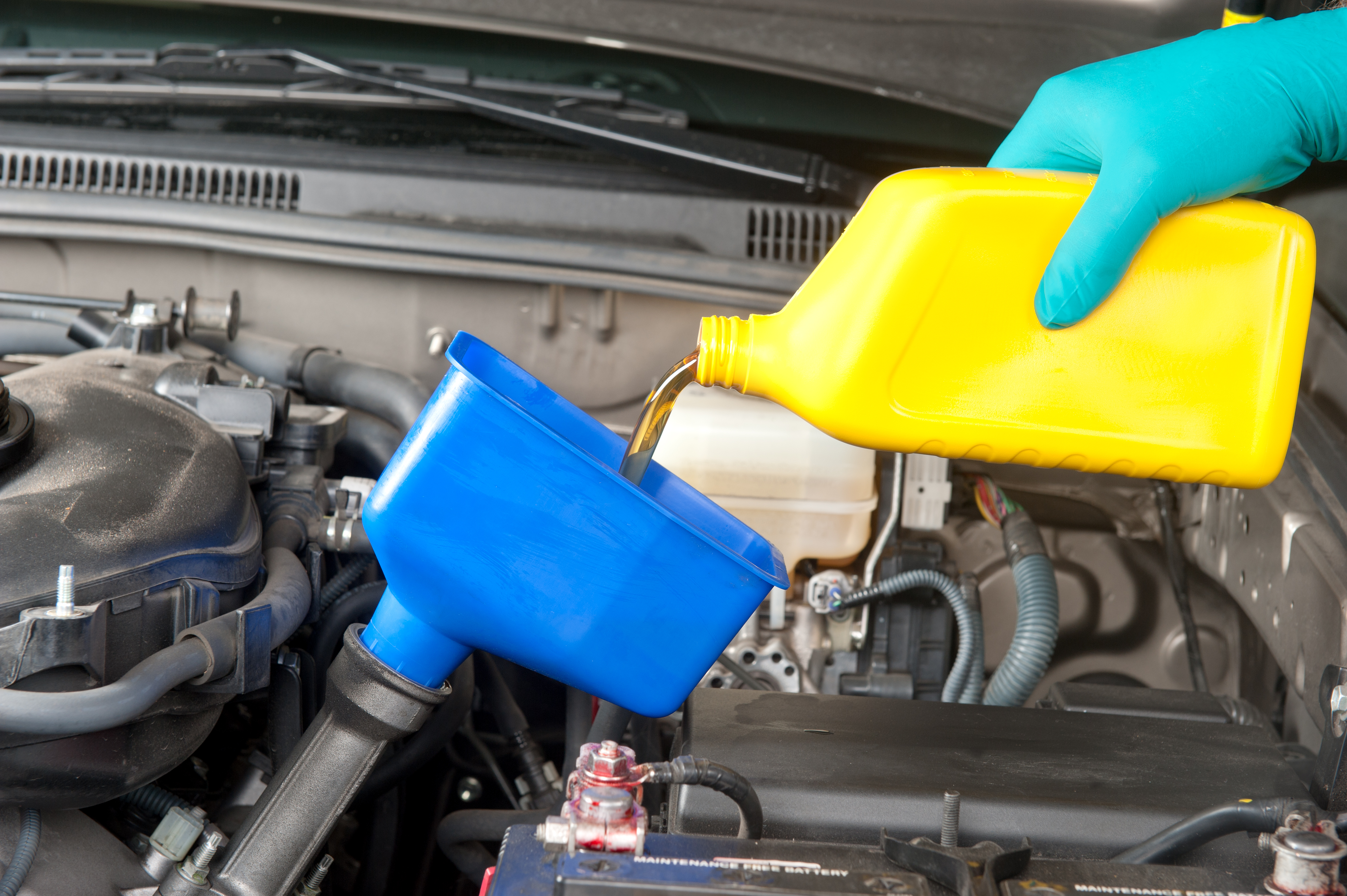Documentation When Selling a Car
Title
You must give the buyer the title to the vehicle. This document varies by state, but generally includes the Vehicle Identification Number; the make, model and year of the vehicle; the name and address of the current owner; and the name and address of any lien holders, such as an auto loan lender. If there are no liens on the car, you can simply complete the “Seller” section on the back of the title and sign it over the the seller. If there is a lien on the vehicle, you must first pay off the loan balance and get a cleared title from your lender. Depending on the lender, this can take from a few days to a few weeks.
Odometer Disclosure
If your car is less than 10 years old, federal law requires you to disclose the exact odometer reading at the time of sale. You cannot round off the numbers. Some states allow you to disclose the odometer reading on the title while other states require a separate document. Odometer disclosure forms usually state the VIN, make, model, year, your name and address, the date and the odometer reading. Contact your local department of motor vehicles to get the exact form you need to give to the buyer.
Inpection Certification
If your state requires regular emissions or safety inspection of vehicles, you must provide the buyer with your most recent inspection certification. Some states require you to get a new inspection before you sell a vehicle, regardless of when you had the last inspection. Most states that require inspections do not allow you to sell a car that will not pass.
Proof of Vehicle Maintenance, Repairs and History
You will probably sell your car faster, at the price you want and with less hassle, if you have documentation of the car’s history, maintenance and repairs. Having receipts, bills and other paperwork to confirm the repairs and maintenance you performed on the car gives you more credibility and will help convince buyers of the condition of the vehicle. A vehicle history report from a company such as Carfax will show buyers how many owners the car had and will disclose information about accidents or major repairs.
Warranty Information
If the car is covered under a warranty, you must give the buyer the name and contact information of the warranty provider so he can transfer it to his own name. If the car is not covered by a warranty, you should put this in writing to ensure the seller knows he is responsible for repairs once he buys the car.
Bill of Sale
Most states do not require private sellers to give buyers a bill of sale. However, a bill of sale can add a measure of security for sellers and buyers because you can use the document if there is a discrepancy in other paperwork or a disagreement about the car from the buyer. A bill of sale gives basic vehicle information such as make, model, year, odometer mileage and VIN. It also lays out the exact terms of the sale. Such information includes the final purchase price, date of sale and if the car is being sold as-is or has a warranty. You can usually download a blank bill of sale from your state’s department of motor vehicles or department of taxation website.
Quick Money Savings Tip For Safe Drivers
There are dozens of auto insurers – Which one will give you the best rate?
Step 1) Choose your vehicle make below.
Step 2) On the next page, complete the 4 minute questionnaire, and you'll have the opportunity compare the best rates in your area.
Step 3) Keep more money and possibly save hundreds!










